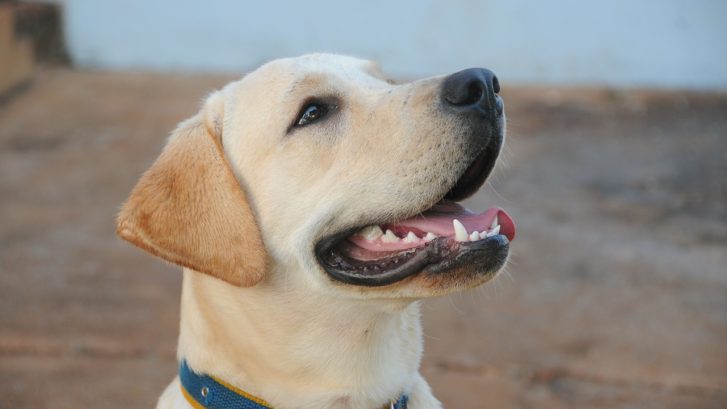Dental Disease in Pets
Our pets live longer now than in the past. Oral disease is the number one health problem diagnosed in pets. It is essential to provide our pets with good dental care, both professionally and at home. Pets rarely get cavities, but are much more prone to gum disease and excess tartar buildup on the teeth.
Food particles and bacteria collect around the gum line forming plaque. Routine home care can remove this plaque. If plaque is not removed, minerals in the saliva combine with the plaque and form tartar, which adheres to the teeth. Plaque starts to mineralize in 3-5 days after it forms. The tartar is irritating to the gums and causes inflammation called gingivitis. This can be seen as reddening of the gums. It also causes bad breath. At this point it is necessary to remove the plaque with a professional dental cleaning. If the tartar is not removed, it builds up under the gum line. Tartar separates the gums from the tooth and “pockets” form and more bacteria invade the area. These pockets are the ultimate place for bacteria to thrive.
At this point gingivitis turns into periodontal disease. It can be very painful and can lead to loose teeth, abscess, and bone loss of infection. As bacterial growth continues to increase the bacteria may enter the bloodstream. This can cause infection of the heart valves (endocarditis), liver and kidneys.
If treated with a professional teeth cleaning, periodontal disease can be controlled. A good dental care program includes regular veterinary visits where your pet receives an oral exam, dental cleaning as recommended and daily home cleaning.
What is involved in a professional cleaning?
First the veterinarian will want to perform pre-surgical blood work on your pet to make sure that he/she can metabolize the anesthetics used during the dental cleaning. This is particularly true of older pets. Following is a list of procedures that your pet’s dentist may include:
- Cleaning the teeth with ultrasonic and handheld scalers. All calculus is removed from above and below the gum line.
- Polishing the teeth to remove microscopic scratches.
- Inspecting and charting each tooth and the gum around it for disease.
- Recording any abnormalities of the gums and teeth.
- Extraction of any loose or diseased teeth.
- Some pets will require antibiotics to be given at home before and/or after the dental.
- The veterinarian will determine the best follow-up care and home dental program for your pet.
- The veterinary technician will discharge your pet and give you instructions.
If you have any questions or concerns regarding your pet’s dental health do not hesitate to contact us to schedule an appointment.

